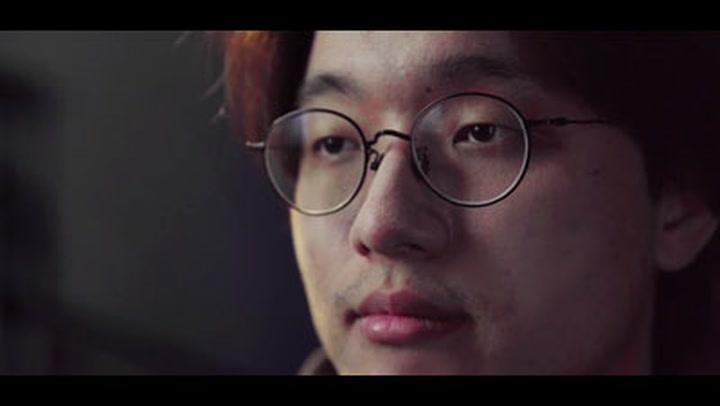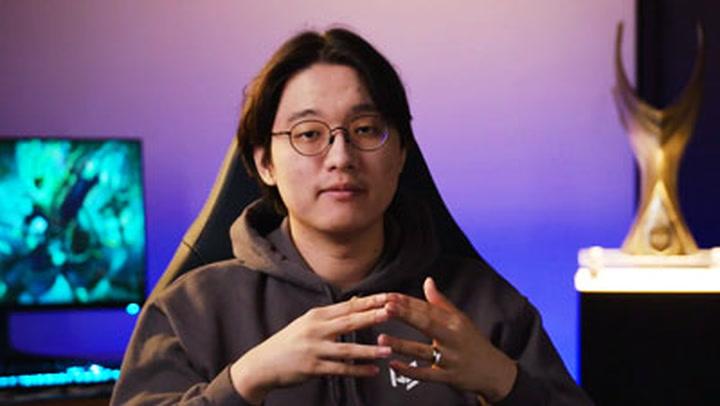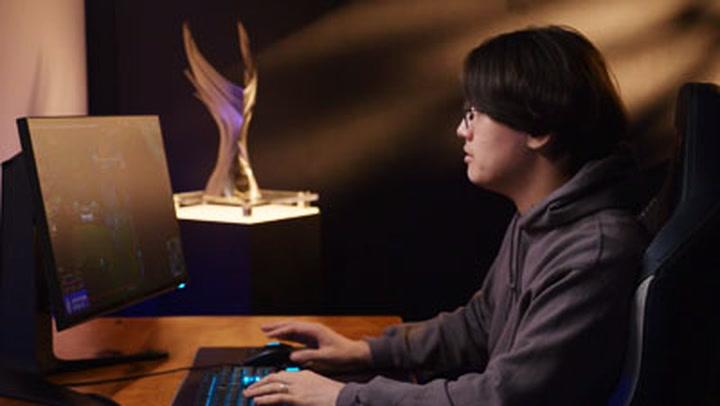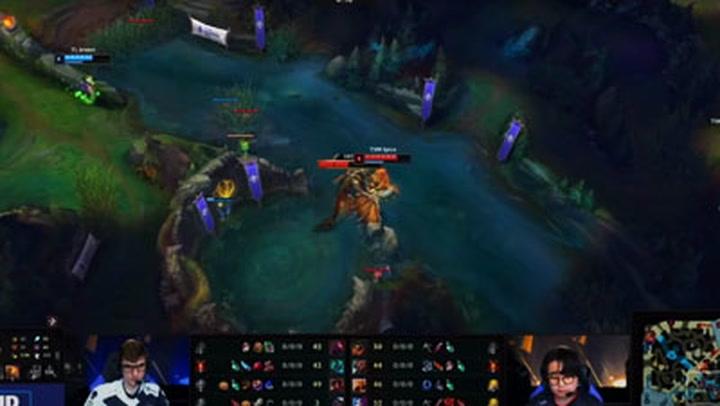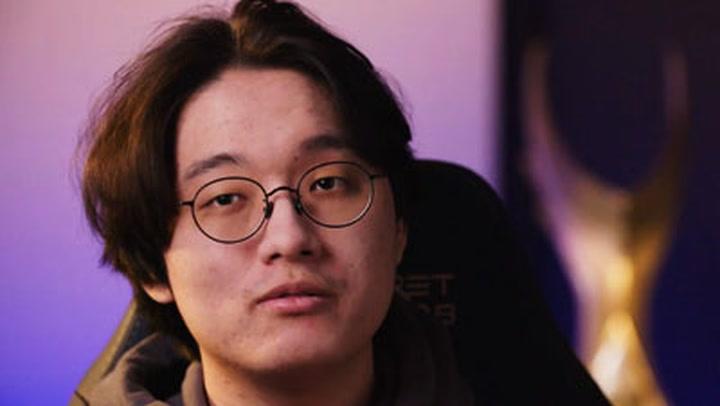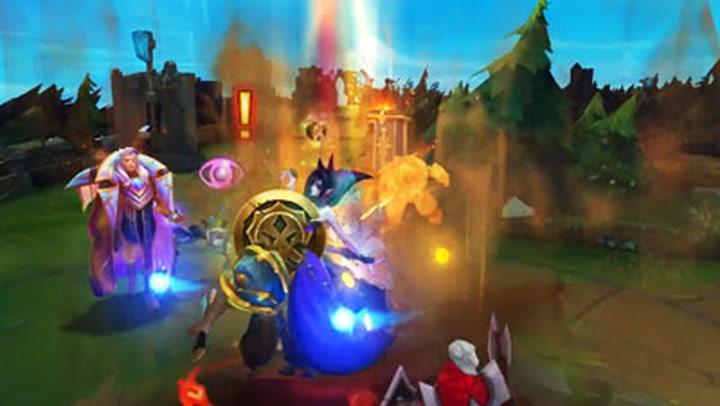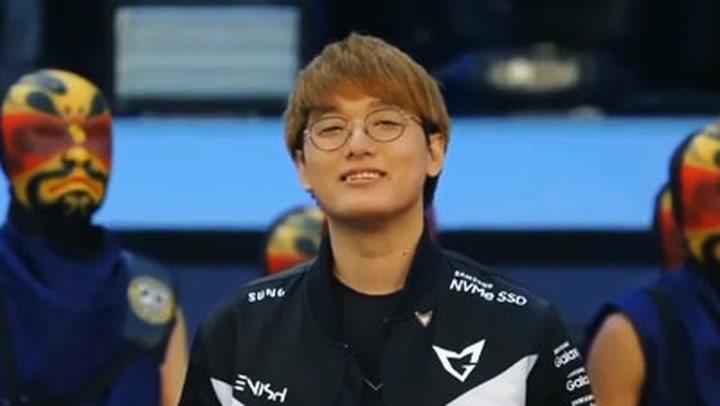CoreJJ Teaches Carrying As Support

CoreJJ
Turn-Based Game
Lesson 5
Learn how a world champion support thinks about vision and the macro game, including:
How to simplify team strategy into “turns” on the map
Identifying which team’s turn it is and different ways to play accordingly
Using information denial to apply pressure to your opponents
Properly take vision and information back from the enemy

Aimlabs Challenge
In this chapter, Core covered many high-level concepts which take time to learn and apply even for professional players fully, so we’ve split this challenge into three separate difficulties.
Level 1: Focus on identifying which team’s turn it is at any given time. Remember: this is closely tied to who is first to an objective or area on the map.
Level 2: In your support games this week, attain and utilize information on the enemy’s whereabouts whenever possible. As Core touches on, this could be attempting a dive or pick play when your team has a turn, or giving more respect to the enemy team on their turn.
Level 3: Really put yourself in the shoes of your enemy. What information do they have and what might their next move be? Knowing this, how can you preemptively act to make them waste their turn? How can you deny them additional information by clearing vision or using fog of war to mask your position? This challenge is all about consciously making the game as difficult for your opponent as possible.
Lessons
Zirene provides background on CoreJJ's career and Core explores key topics including:
His journey from climbing solo queue in high school to establishing himself as a world-renowned champion
The responsibilities and huge carry potential of the support role
The importance of work ethic and application
Core's thoughts on champions queue and the NA amateur scene
The importance of learning from others
CoreJJ covers his thought process for maximizing the effectiveness of you and your team's vision placement with these key concepts:
The relationship between vision and your team's ability to play aggressively.
Making sure every ward you place has a job
Vision control as a team objective and maintaining pink wards on the map
The importance of refilling your sightstone wards and not overstaying on the map
When to swap between warding trinket and sweeper
When and how to defend your team's vision
Core covers ranked tips that help him consistently reach rank 1 on the solo queue ladder including:
Maximizing the potential of your champion’s intended role and playstyle
How you should approach your ranked champion pool
Staying up to date on the meta and picking OP champions
Core’s take on the differences between players in each ranked tier
Core teaches you how to identify your roam timers and different ways to create advantages for your team around the map.
How to visualize what will happen on the map before you roam.
Different ways to impact the jungle and other lanes without only going for kills
The symbiotic relationship between the support and jungle roles
Viewing your role as impactful beyond only supporting your ADC
Learn how a world champion support thinks about vision and the macro game, including:
How to simplify team strategy into “turns” on the map
Identifying which team’s turn it is and different ways to play accordingly
Using information denial to apply pressure to your opponents
Properly take vision and information back from the enemy
In this laning-focused segment, Core gives you in-depth explanations and demos on how he thinks about and executes during the early stages of each game including:
The importance of brush control in creating fog of war pressure in bottom lane
How to play around Jungle and Bot-lane synergies
When and where to roam when you don’t have anything to do in lane
Different ways to translate bot lane advantages into the rest of the map
Moving into the later stages of a game, Core covers key concepts such as:
How to keep a cool head during the early to mid-game transition
Key characteristics of the mid and late stages of the game
How to identify when to group (“NA ARAM!”) or not
Why supports need to understand side lane matchups and determine which laners they should invest vision for during the mid to late game
In this team and objective-focused lesson, Core addresses common in-game dilemmas faced by players in every rank including:
How to decide whether or not to contest a certain objective on the map
When and how to set up vision properly for an objective
Using champion knowledge to identify fight triggers and identify your teamfight approach
Known for his in-game X-Factor and ability to consistently defy enemy expectations at the highest levels of play, Core gives you insight into different elements of his unique playstyle including:
Different ways he pushes himself to be creative in and out of game
How Core adapts to new metas and champion picks
The importance of tracking enemy cooldowns during a teamfight to identify fight triggers and opportunities to capitalize
Learn a world champion support player’s approach to winning and improvement. Core offers critical advice for aspiring player including:
Using a growth mindset to address fear, tilt and ego
Why it's important for players to “be a robot”
The value of seeking out constructive criticism and other perspectives from other players and coaches
